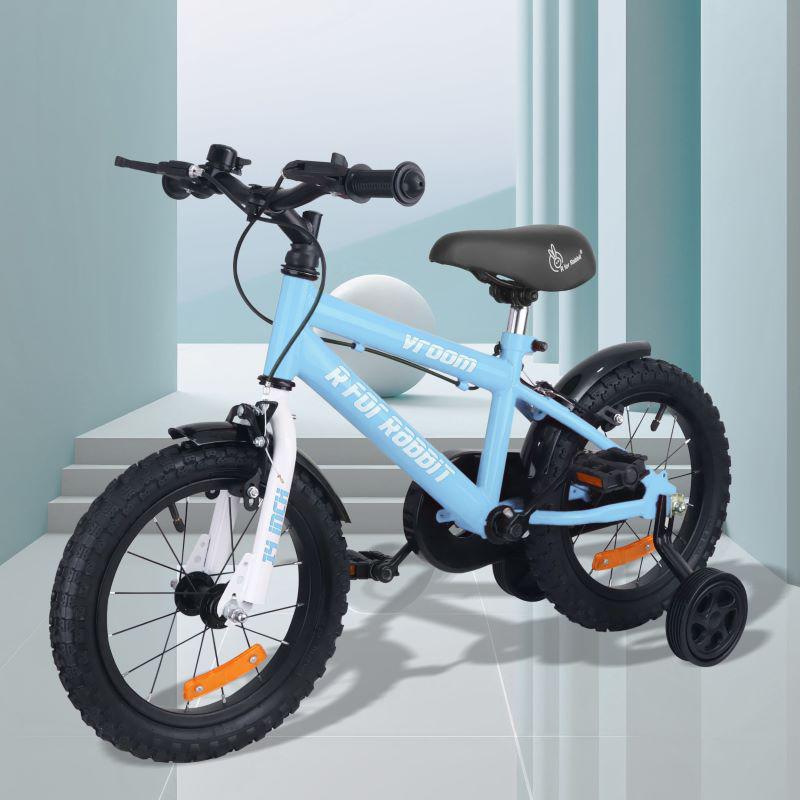Introduction
When selecting the perfect boys bicycle, there are several critical factors to consider. First, understanding the different types of bicycles is essential. Whether your child needs a mountain bike, a road bike, or a BMX bike, each serves unique purposes. After all, children often have varied interests and preferences, which could impact their enjoyment and safety while riding. Choosing the right bicycle can lead to a wonderful outdoor experience, fostering a love for cycling that lasts a lifetime.
Moreover, it’s important to account for the bicycle’s size and fit. A bike that is too big can be difficult to control, while one that is too small may be uncomfortable. Therefore, conducting a proper fit assessment is vital. A child should be able to stand over the bike comfortably and reach the handlebars without straining. Additionally, paying attention to the bike’s weight can also enhance your child’s experience. A lighter bike generally allows for easier handling, encouraging longer rides and more adventure. Consequently, ensuring the ideal size and weight can significantly affect your child’s cycling enjoyment.
Another crucial aspect is safety features. Bicycles should be equipped with essential components like brakes and reflectors. Choosing a bike with sturdy brakes is paramount. After all, reliable brakes help your child stop safely and quickly when necessary. Furthermore, reflectors or lights increase visibility whenever riding in low-light conditions. With proper safety features, you can ensure that your child enjoys cycling while minimizing potential risks, creating a safer riding environment.
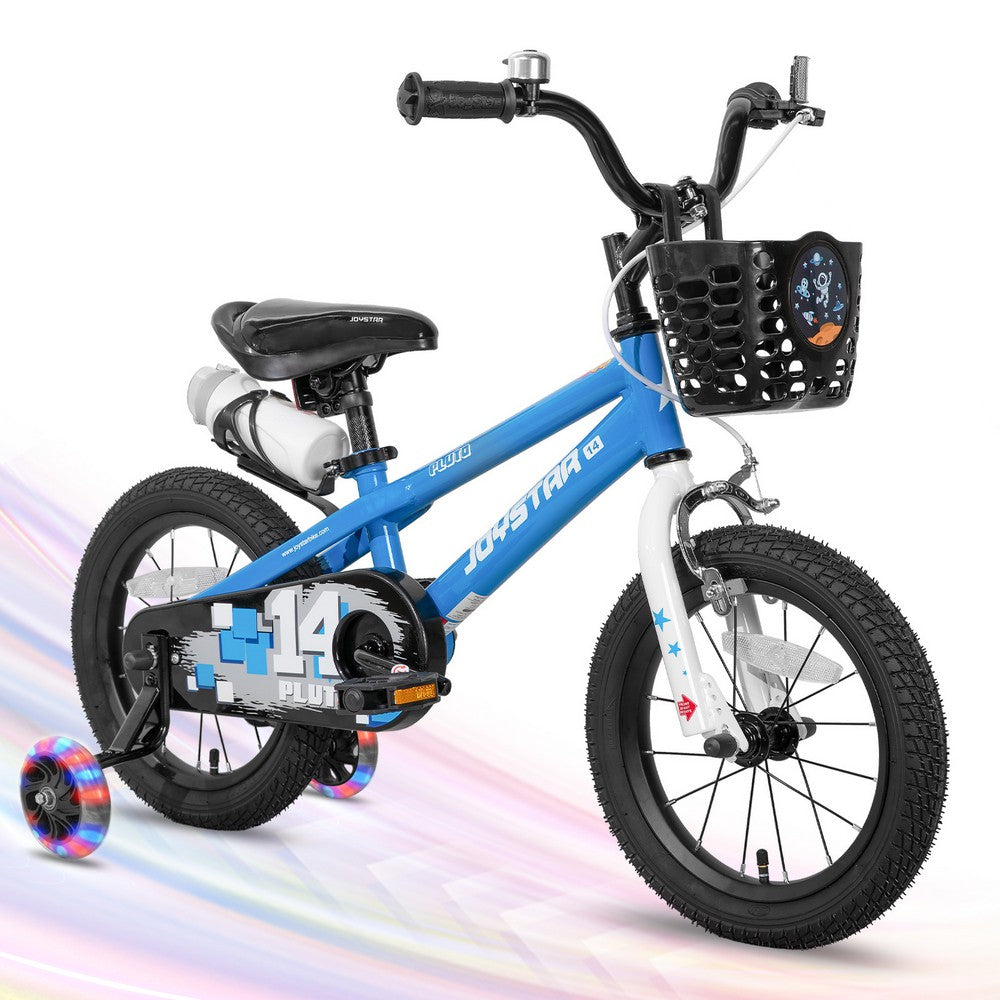
Choosing the Right Bicycle Type
Understanding Bicycle Categories
When it comes to boys bicycles, various categories exist to suit different riding styles. Mountain bikes are designed for rugged terrains and off-road experiences, while road bikes are built for speed and paved surfaces. Conversely, BMX bikes focus on tricks and stunts. Understanding these categories can guide your purchase, ensuring that the bike aligns with your child’s interests and intended activities.
Different types of bicycles offer unique advantages. For instance, mountain bikes come equipped with wider tires and sturdy frames. These bicycles allow for stability and improved control on bumpy trails. Conversely, road bikes often feature lightweight frames and thinner tires for speed. If your child loves riding through the neighborhood or on smooth roads, a road bike may be the perfect choice. Additionally, BMX bikes provide flexibility for those interested in performing tricks at parks or skateboards. These differences highlight the importance of understanding bicycle categories when making your selection.
Size Considerations for Different Types
Size is a critical consideration in the bicycle category. For mountain bikes, the frame must accommodate various terrains, promoting stability. Thus, finding the right frame size ensures comfort and better handling during rides. Meanwhile, road bikes often require a slightly different sizing approach. A road bike should provide an aerodynamic position, so pay attention to the handlebar height and reach.
When selecting a BMX bike, consider the comprehensive frame fit. Since these bikes are made for tricks, a smaller frame is often preferable. A smaller frame allows for easier maneuverability during jumps and flips. Therefore, it’s essential to assess various sizes within the category you choose. This way, you can ensure that your child’s bicycle serves its intended purpose while remaining comfortable and enjoyable.
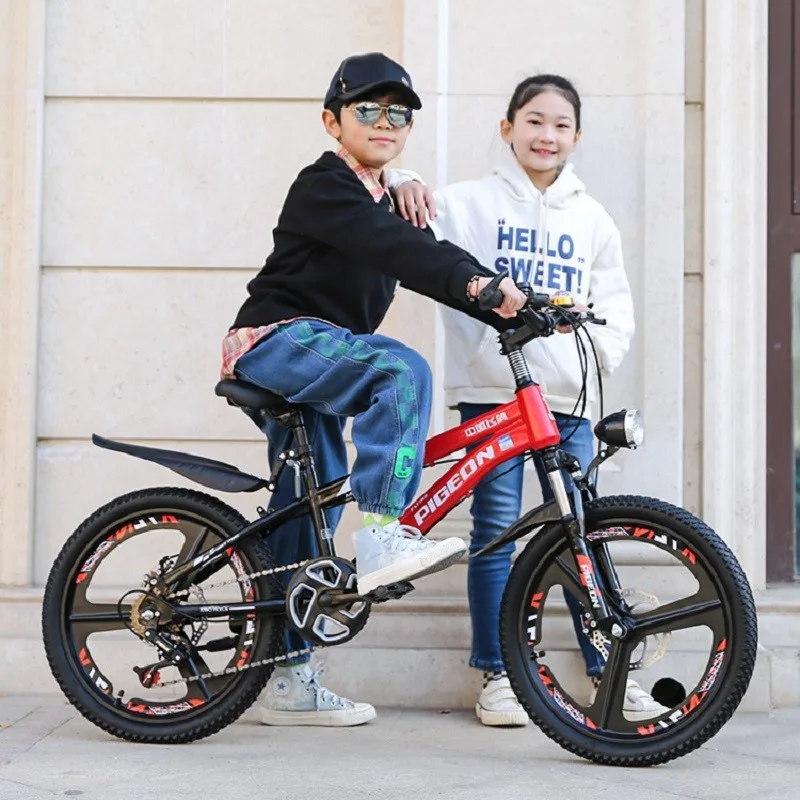
Features to Look for in Boys Bicycles
Frame Material
When considering a boys bicycle, frame material is a substantial factor. Common materials include steel, aluminum, and carbon fiber. Steel is durable but heavier, while aluminum offers a lighter option without sacrificing strength. Additionally, carbon fiber is lightweight and robust but tends to be pricier. Understanding the pros and cons of each material can help you make an informed choice that suits your child’s needs.
Moreover, it’s crucial to note how frame material impacts riding experience. A lighter material, for instance, allows children to handle their bikes more easily, encouraging longer rides. Therefore, weigh the balance between durability and weight when selecting the frame material. By doing so, you ensure that the bike is both enjoyable and suited to the active lifestyle of a young cyclist.
Gearing and Braking Systems
Another essential consideration includes gearing and braking systems. Gears significantly affect how easy or challenging it is for your child to pedal. Bikes with multiple gears allow kids to ride on various terrains. Conversely, single-speed bikes are easier to maintain and can be ideal for beginners. Assess your child’s experience level and intended riding locations to choose the appropriate gearing system.
Brakes are also an integral safety feature in any boys bicycle. Options generally include rim brakes and disc brakes. Rim brakes are common and easy to service. On the other hand, disc brakes provide superior stopping power, especially in wet conditions. Comparing these systems can guide you toward a bicycle that prioritizes your child’s safety. Ultimately, proper gears and brakes can enhance the overall riding experience, ensuring that the bike meets your child’s needs wisely.
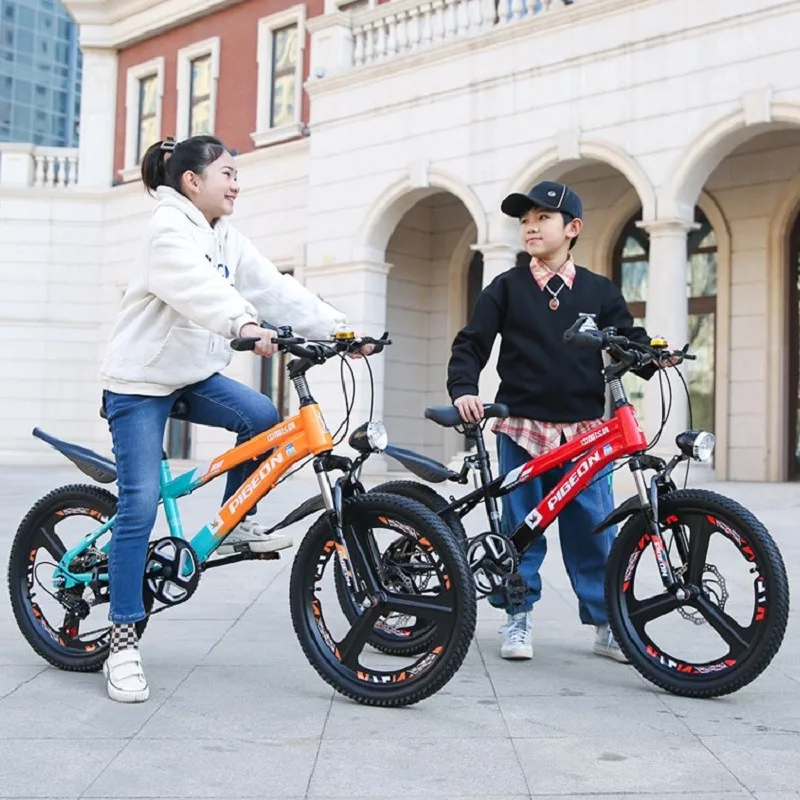
Ensuring Safety and Comfort for Young Riders
Helmet and Safety Gear
An essential aspect of cycling is ensuring safety through proper gear. A well-fitted helmet can drastically reduce the risk of head injuries during falls. In addition to helmets, knee and elbow pads offer further protection. When your child is adequately protected, you can enjoy a peace of mind while they ride. Ensuring your child understands the importance of wearing a helmet is vital. Encourage them to wear their helmet every time they ride, no matter how short the ride may be.
Aside from wearing safety gear, teaching children about road awareness also enhances their safety. Educate them on the importance of following traffic signs and signals. For instance, having children understand the importance of stopping at stop signs and yielding to pedestrians lays the groundwork for responsible cycling. Ultimately, safe riding habits combined with protective gear create a comprehensive safety plan, minimizing risks during their cycling adventures.
Choosing Comfort Features
Comfort is another key element to consider in a boys bicycle. Look for features that enhance the riding experience, such as padded seats and ergonomic handlebars. An effective seat design can make long rides enjoyable while preventing discomfort. Therefore, testing the seat when purchasing is crucial. Additionally, ergonomic handlebar designs can promote a more natural riding position, reducing fatigue over time.
Furthermore, suspension can be a game-changer for comfort. Bikes with front suspension allow for smoother rides on uneven terrain. This can be especially beneficial if your child enjoys off-road cycling. Investing in a bicycle with comfort features enhances their overall experience. Comfort encourages longer rides, providing an opportunity for exercise and outdoor adventures. Therefore, considering comfort should be a priority when selecting a bicycle.
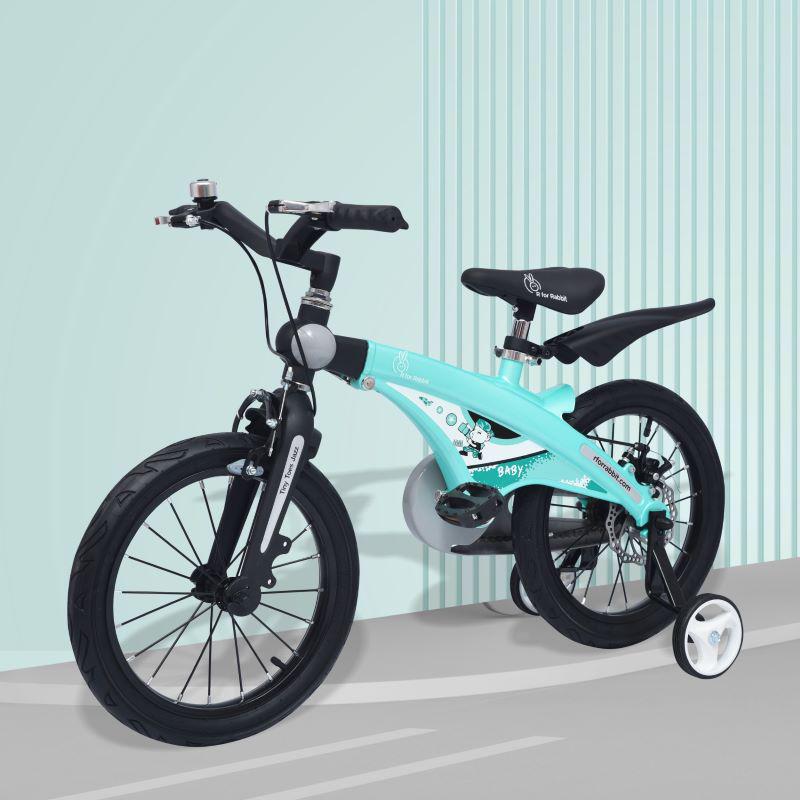
Maintenance Tips for Boys Bicycles
Regular Checks and Cleaning
Once you’ve chosen the perfect boys bicycle, regular maintenance is crucial to keep it in working order. Ensuring that tires are adequately inflated and brakes function well should be a routine task. Additionally, cleaning the bicycle periodically prevents dirt accumulation, promoting longevity. Teach your child about maintaining their bike, emphasizing the importance of responsible ownership.
Furthermore, conducting regular checks can help identify minor issues before they become significant problems. For instance, checking the chain for wear and lubricating it appropriately will enhance the bike’s performance. Encourage your child to take an active role in their bicycle care, fostering a sense of responsibility and ownership. This not only helps the bike last longer but also enhances their understanding of basic mechanics.
Seeking Professional Help
While regular home maintenance is vital, seeking professional help when necessary can be crucial. Experienced bike mechanics possess the skills to address more complex issues, ensuring safety and optimal performance. Therefore, finding a reliable bike shop is essential. This shop can become a valuable resource for tune-ups or repairs, enhancing the bike’s lifespan.
Additionally, a professional tune-up can help maximize the bike’s performance. This is especially important before a new cycling season begins. Many shops offer seasonal maintenance packages, allowing you to keep the bike running smoothly year-round. Investing time and resources into professional maintenance will ultimately lead to a safer and more enjoyable ride for your child.
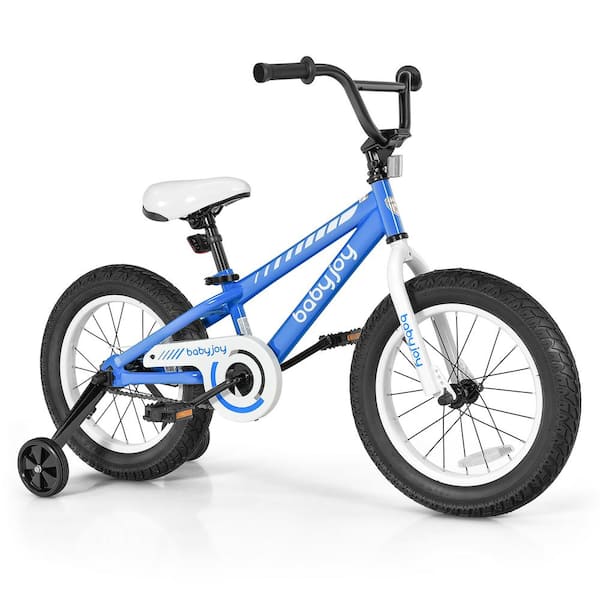
Conclusion: The Joy of Cycling
In conclusion, investing in a boys bicycle is about more than just the bike itself. It’s about nurturing a love for cycling that can last a lifetime. By considering factors like type, size, safety features, and comfort, you can make an informed decision. Additionally, focus on regular maintenance to ensure the bike remains in optimal condition. Teaching your child about safety gear and riding responsibility only enhances their experience further.
Cycling offers numerous benefits, including exercise, fresh air, and outdoor adventures. Not only does it promote physical health, but it also encourages bonding time between parents and children. As you embark on this journey, remember that cycling can cultivate lasting memories and skills. Ultimately, the right boys bicycle allows your child to explore, grow, and develop a lifelong passion for cycling that brings joy to both of you.
